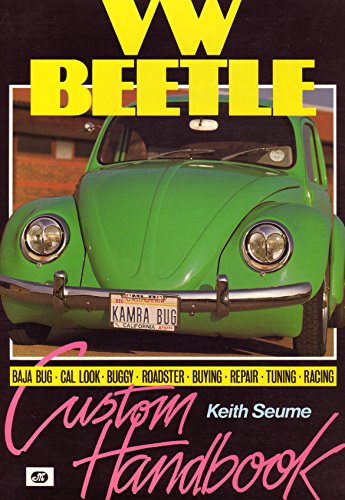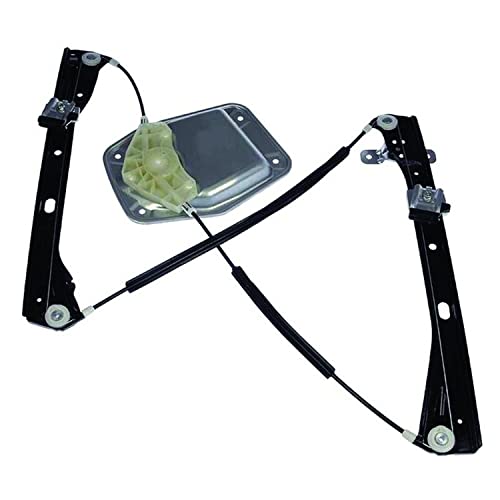A
Anonymous
Guest
Johnny said:vanagonman said:Imagine picking up your Splitty/Bay from the dock without the hassle of hiring a trailer!
so what did you mean by this? surely its illegal unless of course your name is Vanagonman?
Your wrong about AA/RAC cover, it depends on your level of cover and if you go for the cheap option they will charge you a small fee which isn't that much, thats assuming you've broken down more than 3 times depending on distance from your house/nearist mechanic.
So in summary i have to go hire a car with a bar, or go get my car which i've payed @£150 for a towbar ball to have fitted, i then have to splash out on the light bar for the back of the van probably @£100ish? i've got to get home get my car get back to my van, I've also bought the towing A frame @£200ish new? seems pretty expensive compared to calling the AA/RAC.
i think in the case of most breakdowns they would be fixable on the spot (AA/RAC figures show 90% of breakdowns are fixed on the spot) thus not using up any of your yearly tows. Makes a good case to get cover.
In the majority of cases van towed from home to the work shop would not normally have MOT and tax as they were probably non-running in the first place.
Maybe i'm being a little harsh but it seems like an awful waste of money? of course i could have US citizenship, have the van on US plates and insurance and tow it to and from the dock/mechanics as and when i please?
dont think that you wont get nicked. I was stopped for nearly an hour by two coppers who didnt quite know if i was legal or not. I was towing the van with a landrover on a twin axled and breaked trailer, because the van was over 750kgs, some sweet talking and pointing out that i was legal they made me aware that by UK law i had to have an extra addendum on my licence just to two the van due to the weigh of the vehicle on tow. This means going for an extra towing trailer test.
Make some good points there. My splitty actually didn't start at the dock. So a device like this would have been a Godsend at the time. Despite the fact it was US registered, RAC came and helped me. Then it broke down again and then a third time trying to bring it back to London. On the third attempt (the starter failed) they decided to flatbed me home.
Then I got a letter stating I was about to exceed my breakdown allowance (RAC in my case).
I'm not wrong about the cover. I have the second-to-highest cover (level 3) and they sent me a letter saying that if I call them out again, a tow will cost over 100 pounds and will have to be prepaid as I have exceeded my breakdown allowance. Call up the RAC and they will tell you there is always limits. There is no such thing as unlimited breakdown assistance. :roll:
If I had the device, I could have called a mate when I discovered it broke down and legally drive it home. He already has a car with a towbar, so it would've cause me/him nawt. An A-frame or this device will cost you appx. 150 quid.































